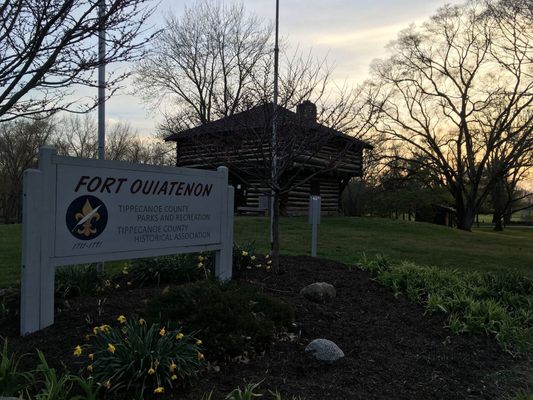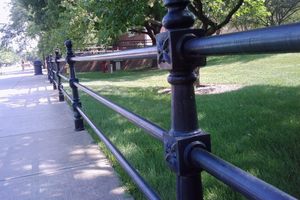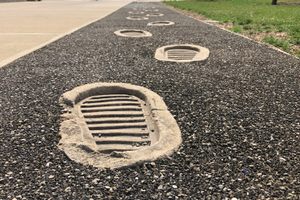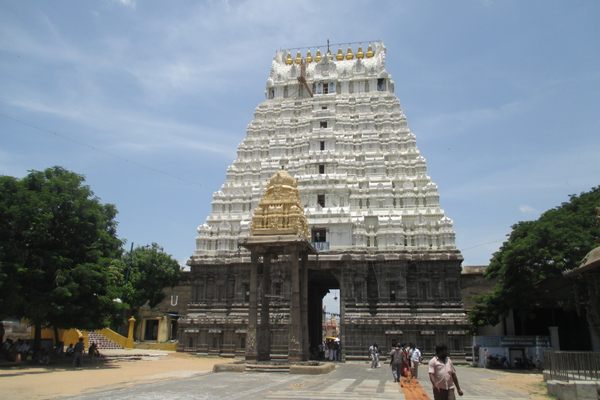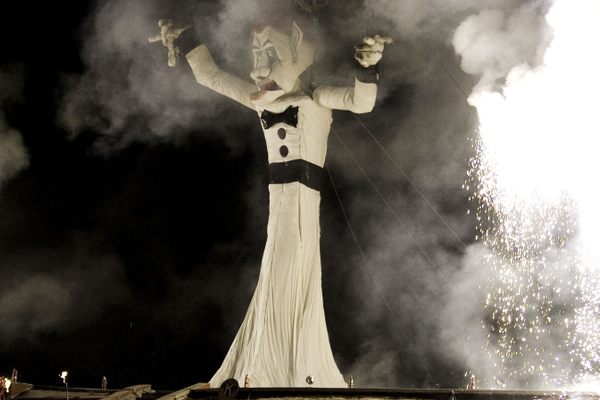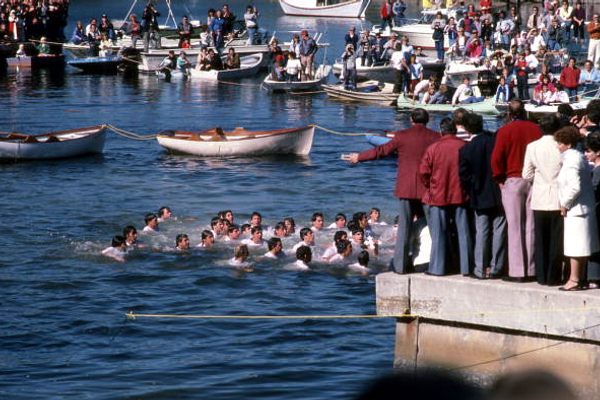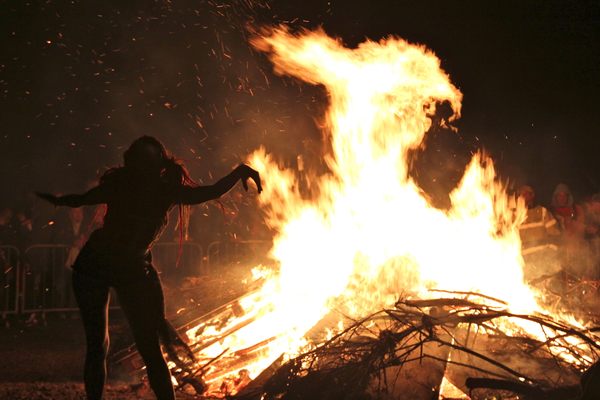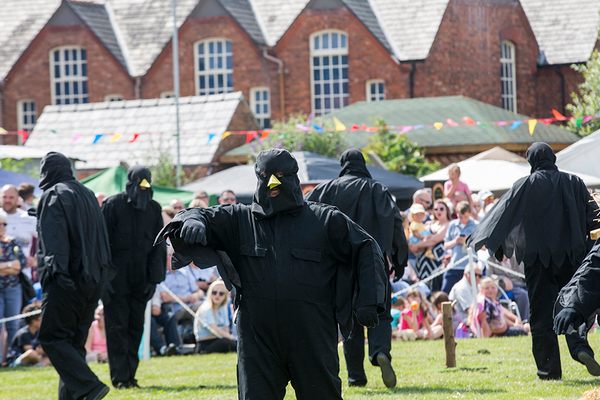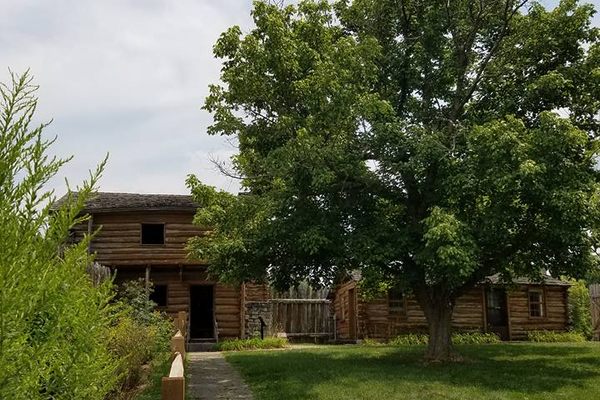About
Every fall, historians and hobbyists descend upon this old fort to celebrate a festival called the Feast of the Hunters’ Moon. They don 18th-century clothing and indulge in feasts of rabbit stew and venison sausage. Participants spend the weekend reenacting battles, practicing trades, and dancing and marching to period music. The quirky festivities honor the annual fall gathering between the French settlers and members of the Wea Tribe that once took place at the fort.
Before the United States was established, the French settled significant portions of North America. They set up forts throughout the land to mark their claimed territory and commence commerce with the Native Americans. One of these outposts was Fort Ouiatenon along the Wabash River located in what’s now West Lafayette, Indiana.
Built in 1717 by the French as an effort to slow the expansion of the British, Fort Ouiatenon was the first fortified European post established in the Indiana territory. At that time, Indiana was lush woodland with fresh rivers and lakes. Unlike the British, the French were able to befriend the area’s Native American residents as allies, which helped them delay the encroaching English.
The post was used as a place for trade and communication until the French surrendered the fort in 1761 during what’s now recorded as the French and Indian War. After 1763, native tribes continued to occupy the fort until American soldiers destroyed it in 1791.
Today, the site is open daily for hikers and history enthusiasts. On the site is a reconstructed fort called the Blockhouse that’s used as a museum during summer months. There is also a reconstructed Native American village, a stone outdoor oven, and trails that meander throughout the old, historic grounds.
Parts of the original French fort were built up to a mile west of the actual park location. Sadly, those areas fell victim to development long ago. Be that as it may, this historical slice of Indiana is still a fascinating, and somewhat remote, spot to visit.
Related Tags
Published
June 12, 2018









